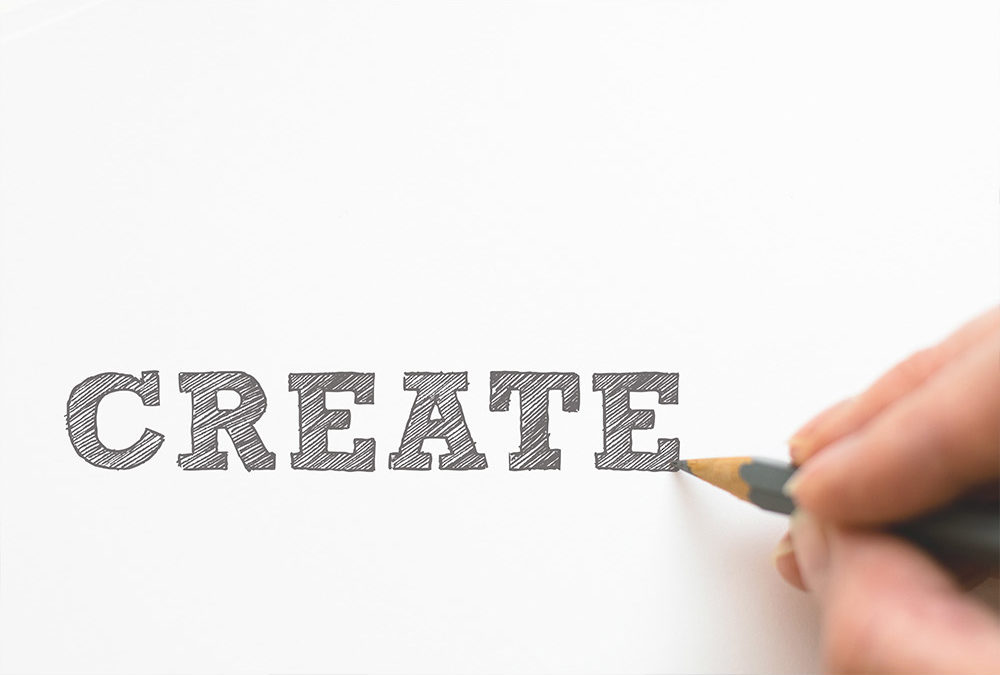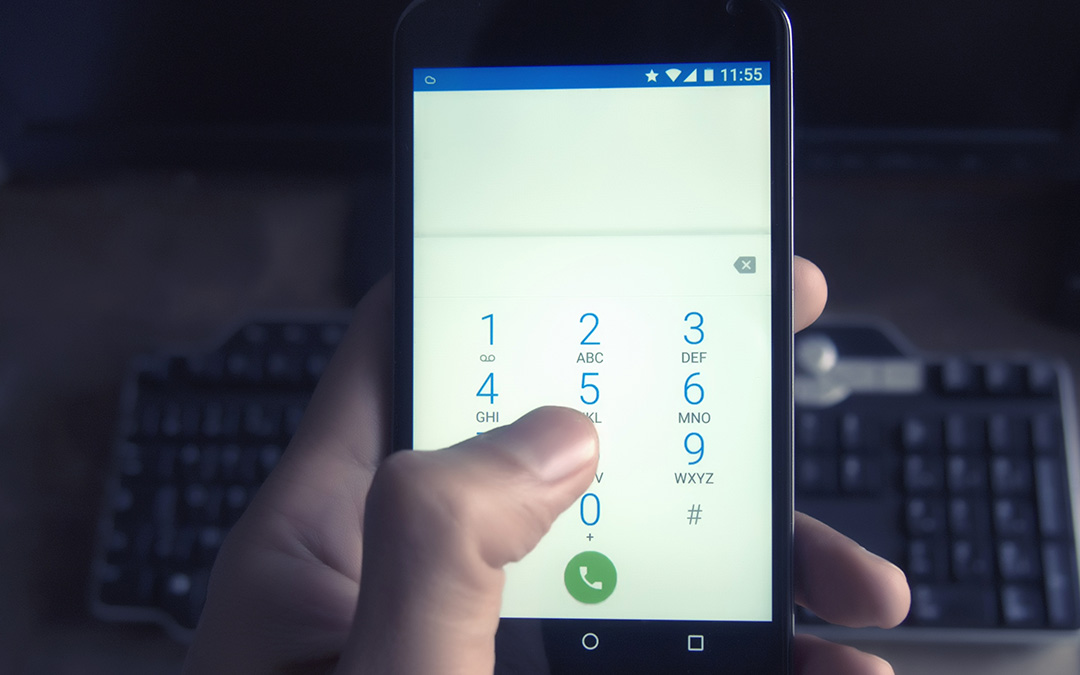
Direct Response Copywriting
How it’s different from other marketing & advertising creative
When it comes to Direct Response copywriting, there are some tried-and-true formulas you can use to get more results from every ad. Direct Response copy is much different from brand advertising because the entire purpose of the copy or ad is to drive the customer to act, respond and do something now. It could be clicking on your ad, following you on social media, filling out a form, requesting a free trial, calling in to purchase your product or signing up for your newsletter. The heart of Direct Response copywriting and creative is to connect you directly to the customer by getting them to respond to this particular ad right at this moment.
Brand advertising, on the other hand, is designed to create recall, develop affinity toward a brand and increase awareness of a certain brand. For example, consider Ford vs. Chevrolet vs. Dodge trucks. Each automaker brand wants you to think of them as a better value when you consider purchasing a vehicle. However, you will usually need to go to one of their dealers to purchase.
In the Direct Response world, the advertiser wants you to make a decision, act immediately and respond directly to them… now. This request may take the form of a 60-second ad, 30-second ad, a Facebook post, a Google ad or an Infomercial. The creative is designed to take you from awareness to interest to desire to demand to conversion all in one setting. To get an individual to respond to your advertising right then and there is challenging to say the least. It takes years of fine-tuning your craft and millions of dollars in testing to understand the “magic dust” of Direct Response copywriting. Here are seven tips to help you create Direct Response copywriting that delivers more results from every advertising campaign.
1.) 3-Second Rule: You have 3 seconds to grab your customer’s attention.
Make it relevant. Make it count. Your headlines or lead text in Direct Response copy should be 100% focused on engaging the customer immediately. The more you know about your customer and what’s important to them, the better you will be able to craft the lead in text. Advertising veteran David Ogilvy writes, “On the average, five times as many people read the headline as read the body of the copy. When you have written your headline, you have spent 80 cents out of your dollar.”
Your headline or lead copy needs to break through the mundane clutter and chatter and make your target audience take notice. This is true for your Facebooks ads, Google AdWords, television spots, radio ads, Social Media and even newsletters. Here are some examples of effective headlines or lead-in samples from Jill Ferris (“Response Capture”), “Most Money—Making Headlines of All Time,” and others from around the web:
- Thousands have this priceless gift but never discover it.
- 27 Discounts Seniors Get Only If They Know.
- Free book tells you 12 secrets for losing weight.
- Great new discovery that kills kitchen odors quick.
- For the woman who wants to look younger than she is.
- Seven Steps to Financial Freedom.
- The most expensive mistake you can make in your life.
- How to burn body fat hour by hour.
- Can you spot these 7 decorating sins?
- The secret of making people like you ____.
- You can laugh your money worries away if you do this.
- If your pharmacist goofs, you could be dead. How to protect yourself – takes just 3 seconds.
- Major diet plans. Which ones actually work. Which ones are guaranteed to torture you, Cost A Fortune and leave you fatter.
- You can save $668 on car insurance when you switch.
- How to easily kill 98% of all mold in your home.
- Tech scam backfires. Victims Get Millions.
- Is your phone spying on you? Here is how to find out.
Notice how they grab your attention and leave you wanting more. If you are curious about what they are offering, then you are compelled to finish the ad to find out the pay-off.
Now let’s compare these to some current branding lead-ins. Notice the difference or lack of “What’s in It for Me?” You will find more corporate-focused wording and less individualized, customer-focused creative appeal.
- How do you become America’s best-selling brand? (Ford)
- It’s summer signature pancakes at IHOP (IHOP)
- America, it’s a shame you are not in the tournament (World Cup), but Iceland can use your support. We don’t have enough people to do the wave. (Volkswagen)
- Tag Heuer – What Are You Made Of?
- The Shoe Works if You Do. (Nike)
- The world is a stage. Make it a Memorable Performance. (Lexus)
- Can’t beat the Real Thing. (Coke)
- Over 1/3 of Americans have no retirement savings. This is getting old. (E-Trade)
- There is no mystery. Dove is the No.1 Shampoo. (Dove)
While the branding ads can be interesting, state facts about sales volume, deliver humor or enlighten, they don’t lead you toward taking an action, listening, watching, clicking, engaging to find out what’s next, or making you want to take any action to find out more.
2.) Deliver the Goods. “Sell the Problem You Solve–Not the Product You Sell.”
Once you have gotten your target audience’s attention, then you need to communicate to them why they are going to benefit from responding to your advertisement. Entrepreneur Magazine author Jeff Shore writes, “Every purchase decision (every decision, no exceptions) begins with the buyer’s current dissatisfaction. Feeling dissatisfied with something automatically makes a person a buyer.” Once you have the attention of your target customer, you have to answer this question. What are they going to get by responding to your ad? Give them concrete reasons why it’s worth their time to react. If you are promoting a health supplement or weight loss ad, show them the results others have had from using your product. If you are saving them time, money or making them feel better about themselves, then explain how their life is going to be markedly better by responding to your offer. Here are some examples of some successful Direct Response campaigns that deliver on what they are promoting:
“Lose up to 13 pounds and 7 inches in your first month.” (Nutrisystem)
“800 Pet Meds. We sell the exact same pet medications as the Vet but for 10%, 20% up to 50% less. And get free shipping for orders over $39.” (800 Pet Meds)
“Promote what makes your business great with Vistaprint business cards. 500 cards start at just $9.99.” (Vistaprint)
“Looking for a real relationship? Check out Match right now for Free.” (Match.com)
3.) Ignite Action with a Sense of Urgency.
Direct Response advertising creative performs better when you give the target customer a reason to act now and create a sense of urgency. It could be seasonal sale that ends on a specific date, a limited-time offer, or a special add-on the customer gets only if they respond now. Think about what you can do to ignite the customer action. Here some samples of this strategy:
“40% off Yellow Tag items. Deals end June 30th.” (Lumber Liquidators)
“Window Nation buy one, get one Free sale. Call by the end of the month and get 0% financing for 36 months.”
“Call or click in the next 15 minutes and get our exclusive activity tracker. A $75 value. Yours free.” (South Beach Diet)
4.) Use Words that are Proven to Motivate.
These are also known as Power Words or Persuasive Words. Gregory Ciotti wrote about these words in his post for Copyblogger. They have proven to light up our brain. You will need to have good reason to add them, but when it makes sense then you should include these words in your creative. Here they are:
- You
- Free
- Because
- Instantly
- New
5.) Deliver a Call to Action.
Tell you target customers exactly what you want them to do. Where branding campaigns can leave you with a positive feeling about their brand, a well-crafted Direct Response copywriting will give the customer specific directions on how to respond. Call now. Click here. Donate now. Shop Now. Watch it now. Don’t miss out. Good Direct Response creative always gives clear direction on the action customers need to take if they are interested in the offer.
6.) Build Trust.
Many times, what you are offering is new or needs to have additional reasoning behind it to get the customers to act. This is why it’s critical to build trust. You can do this by adding testimonials from satisfied customers of your product or service. These need to be legitimate. For legal reasons, integrity and effectiveness, the testimonials you use should be from people who have had a positive experience and are more than willing to share that with others. You can also build trust with associations like BBB, Trustpilot and others.
7.) Limit Risk.
Good Direct Response copywriting usually offers prospects the ability to start a relationship with your company at very limited risk to them. The goal of limiting risk is to create comfort and move the client from desire to action. Here are some examples:
- Amazon Prime 30-Day Free Trial.
- Try Spotify Premium for FREE.
- 30 Day Free Trial. Get Full access to premium for 30 days Risk Free! (Florida Gators)
- Love it or your money back.
- If you are not satisfied, we are not satisfied. 100% money-back guarantee.
- 60-Day No Hassle Money-Back Guarantee.
- Our Unbeatable Double Guarantee. Replace the product. And Refund Your Money.
These are your 7 Tips for to get better results from your Direct Response copywriting. If you need help creating your TV, Radio, Outdoor or Digital ads, we are at your service. Just contact us for a free, no-obligation consultation. Put our 30 years of advertising experience and volume discounts to work for you. Call 940-323-1101 ext. 1.




